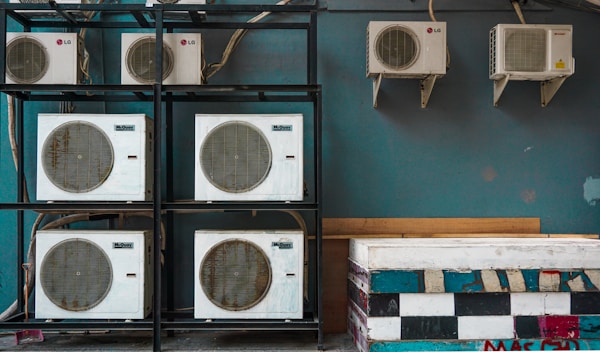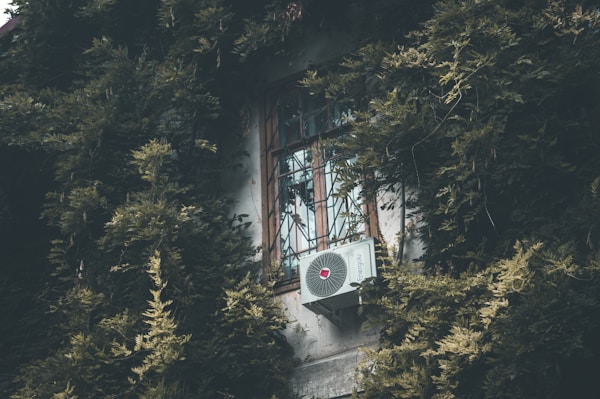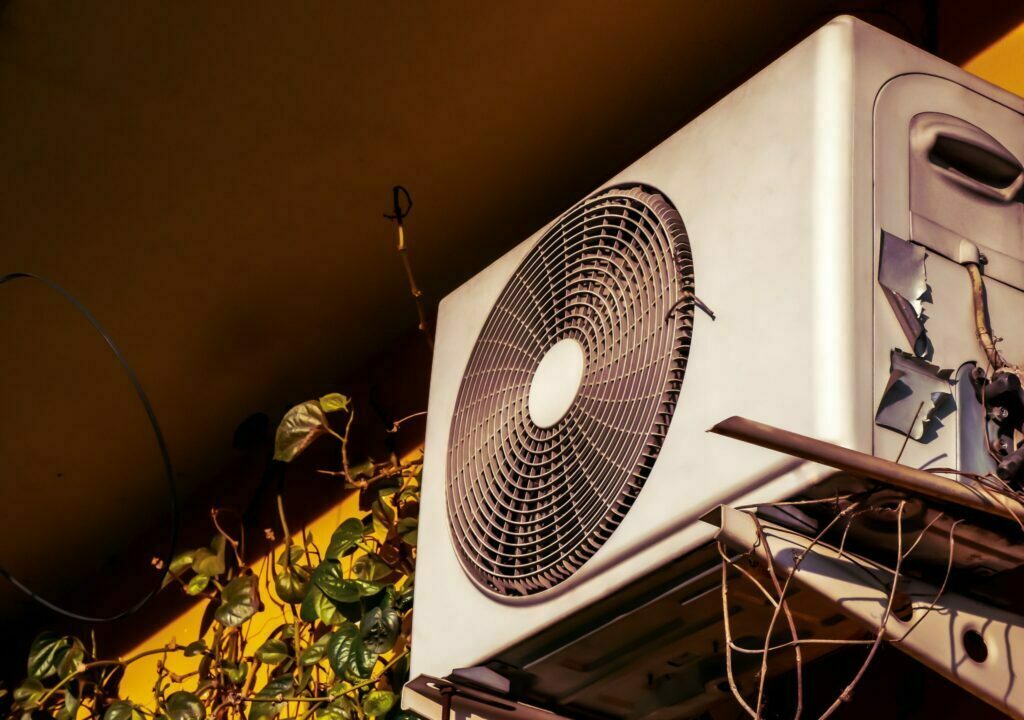What is a good SEER rating for an air conditioner? When you’re shopping for a new air conditioner, one of the most important things to consider is the SEER rating. SEER stands for Seasonal Energy Efficiency Ratio, and it is an indicator of how energy efficient an AC unit is. The higher the SEER rating, the more energy efficient the unit is and the more money you can save on your energy bills. Keep reading to learn more about the different SEER ratings for air conditioners.
SEER Ratings of 13 or 14
When it comes to air conditioning, efficiency is key. Not only does it save you money on your energy bills, but it also helps reduce your environmental footprint. One of the ways to measure the efficiency of an air conditioner is by looking at its SEER rating. So, what does it mean when an air conditioner has a SEER rating of 13 or 14? Well, it means that the air conditioner is considered to be “low efficiency.” The higher the SEER rating, the more efficient the air conditioner is. The U.S. Department of Energy recommends that consumers purchase air conditioners with a SEER rating of at least 14.5 or higher. This is due to the fact that air conditioners with a SEER rating of 13 or 14 are not as efficient and will cost more to operate than higher-rated models. A SEER rating of 13 or 14 can also indicate that the air conditioner is not as reliable as a higher-rated model and may need more frequent repairs.
SEER Ratings of 15 to 17

A SEER rating of 15 to 17 is a good choice for many households because it provides an acceptable level of energy efficiency without the higher price tag associated with higher SEER ratings. Air conditioners with a SEER rating of 15 to 17 are a good option for anyone looking for an affordable and efficient cooling system. These air conditioners are often more cost-effective than higher-rated models, and they provide an acceptable level of cooling efficiency. Additionally, these systems are typically quieter than higher-rated models, making them a great choice for those looking for a quieter cooling system.
SEER Ratings of 18 to 20
When shopping for a high-quality air conditioner, it’s important to look for a model with a SEER rating of at least 18. Models with a SEER rating of 18 to 20 are considered great. When considering a SEER rating, it’s important to look at the size of the air conditioner as well. An air conditioner unit that’s too big or too small won’t be as efficient as one that’s the proper size for your home. If you’re unsure of what size you need, it’s best to consult a professional or use an online calculator to determine which size is best for your home.
A SEER Rating of 21

A SEER rating of 21 is the highest rating available and is considered a top-tier system. It means the air conditioner is able to use energy more efficiently, meaning you’ll have lower monthly energy bills and reduce your carbon footprint. In addition, it’s also the most durable and reliable, meaning you’ll get your money’s worth in the long run. You’ll save money on energy bills, reduce your carbon footprint, and enjoy a durable, reliable system that will last for years to come.
Overall, for many of us, air conditioning is a necessity, particularly during the warmer summer months. Having a good SEER rating for an air conditioner is important when it comes to ensuring that it is energy-efficient and cost-effective. A unit with a higher SEER rating will cost more upfront, but it will save you money in the long run. A unit with a higher SEER rating will use less energy, which means lower electricity bills. It will also have a longer lifespan, which means fewer repairs and replacements. The above outlines the different SEER ratings for air conditioners so that you can make the best choice.





